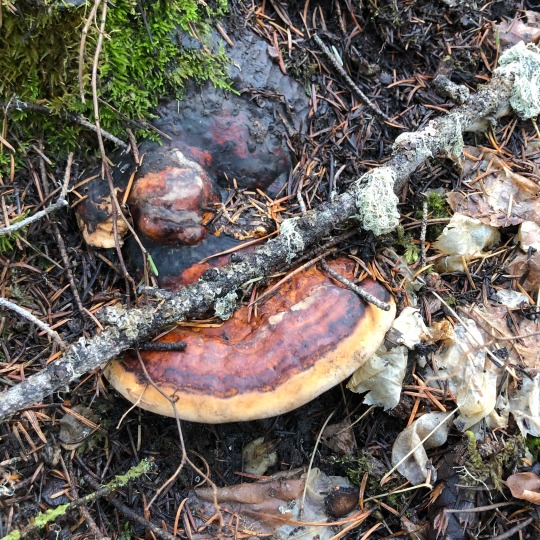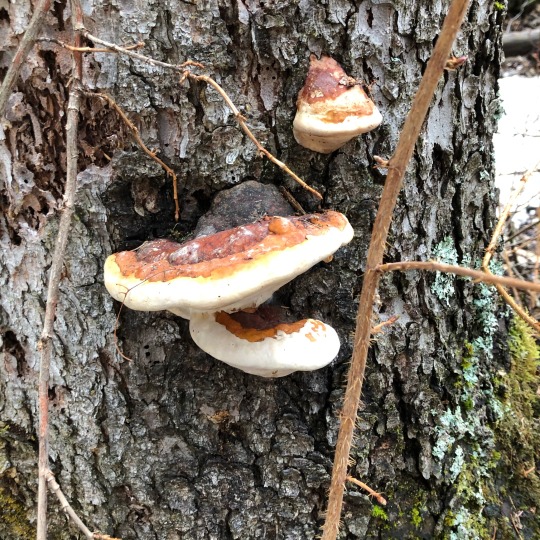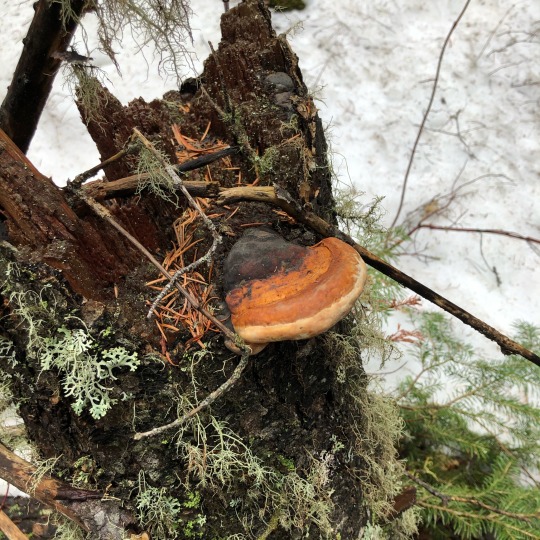#red-banded polypore
Photo
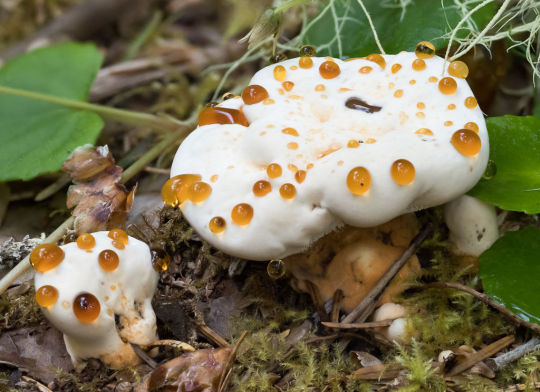
Guttation drops on a red-belted polypore (Fomitopsis pinicola), by Rowland K Willis.
#fungi#fungus#polypore#polypores#red-belted conk#red-belted conks#red-belted polypore#red-belted polypores#red-banded polypore#red-banded polypores#fomitopsis#fomitopsis pinicola#guttation#oozing#seeping#weeping#nature
417 notes
·
View notes
Photo

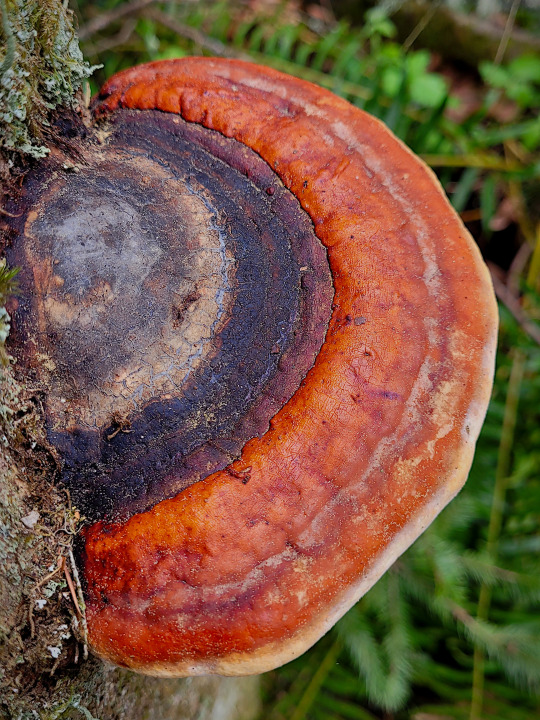

Guttation, Northern Red Belt Polypore
Fomitopsis mounceae
Western Washington, April 29 2022
Mary Howerton (shop)
#mushrooms#fungus#fungi#guttation#mycology#conks#photographers on tumblr#original photography#nature#nature photography#red-banded polypore#cottagecore#fairycore#forestcore#dirtcore#goblincore#pnw#washington state#the fungus among us#fomitopsis
11 notes
·
View notes
Text


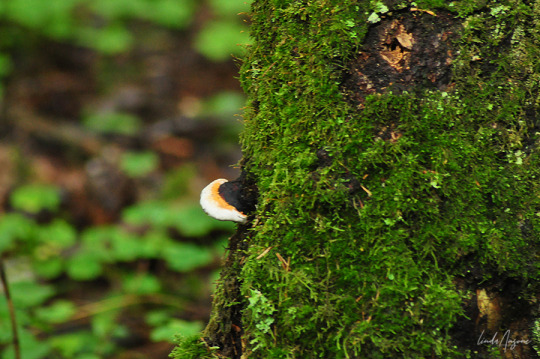

#forest floor#forestcore#moss#forest#woods#forest photography#naturecore#nature photography#nature#mushrooms#polypore#red banded polypore#green#latvia#original photographers#photographers on tumblr
1K notes
·
View notes
Text

Weeping red-banded polypore, Copyright 2015 by Donald Drife
3 notes
·
View notes
Text

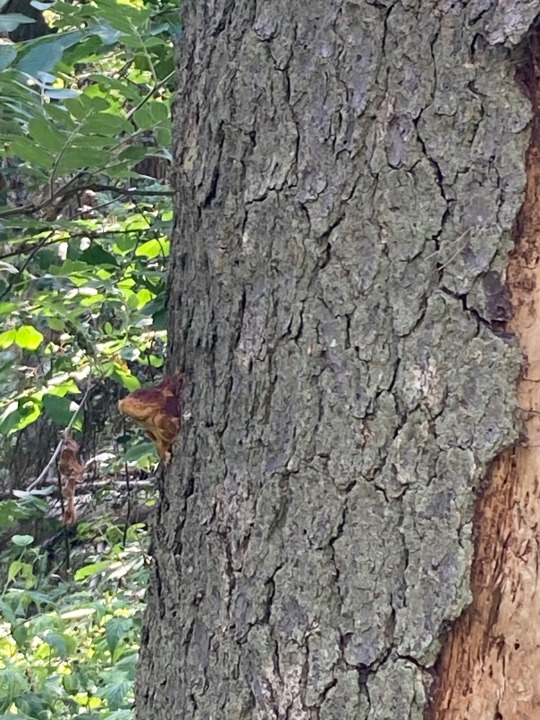

#red belt conk#red banded polypore#shelf fungi#bracket fungi#tree trunks#forest#ultunaasen#arike fyris#uppsala#sweden
1 note
·
View note
Photo
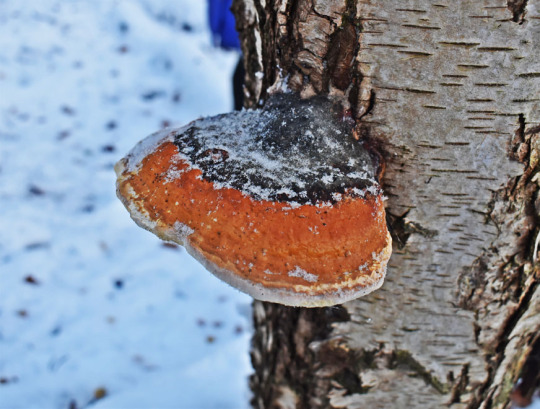

Red-banded Polypore Fomitopsis pinicola
#fungi#fungus#mycology#mushroom#mushrooms#cottagecore#goblincore#dirtcore#fairycore#nature#forest#forestcore#toadstool#toadstools
184 notes
·
View notes
Text

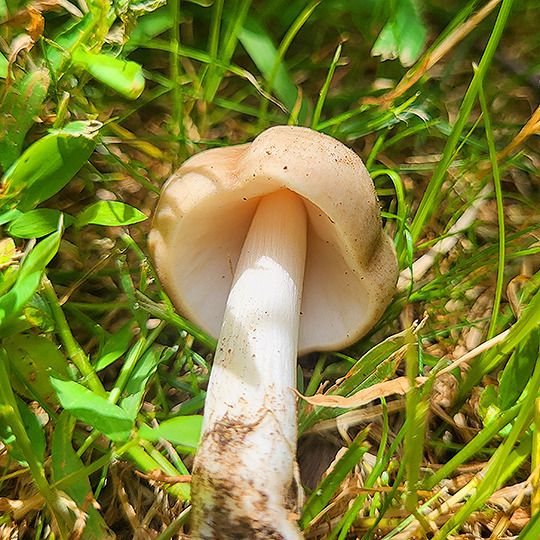




Idk what these are except the last one which is a red-banded polypore
#mycology#fungi#mushrooms#nature photography#dirtcore#goblincore#forestcore#woods#forest floor#foraging#nature#the fungus among us
95 notes
·
View notes
Text

"Fungi at Home"
Fly agarics, red-banded polypores, and boletes, OH MY! These fungi are certainly at home in a densely wooded forest.
Fungi used to be included in the taxonomic Kingdom Plantae, but in 1969, through scientific research and peer review, fungi became their own Kingdom. Historical scientific books prior to this date, therefore, include fungi in their study of plants.
SciArt by Ernst Friedrich Heyn (1841-1894) for The Natural History of Plants, Vol. 2 (1895) by Anton Kerner von Marilaun, translated from the original German by Francis Wall Oliver with the assistance of Mary Frances MacDonald and Marian Busk.
#mushrooms#fungi#mycology#fly agarics#amanita muscaria#mushroom#forests and woodlands#SciArt#female authors#boletes
45 notes
·
View notes
Text

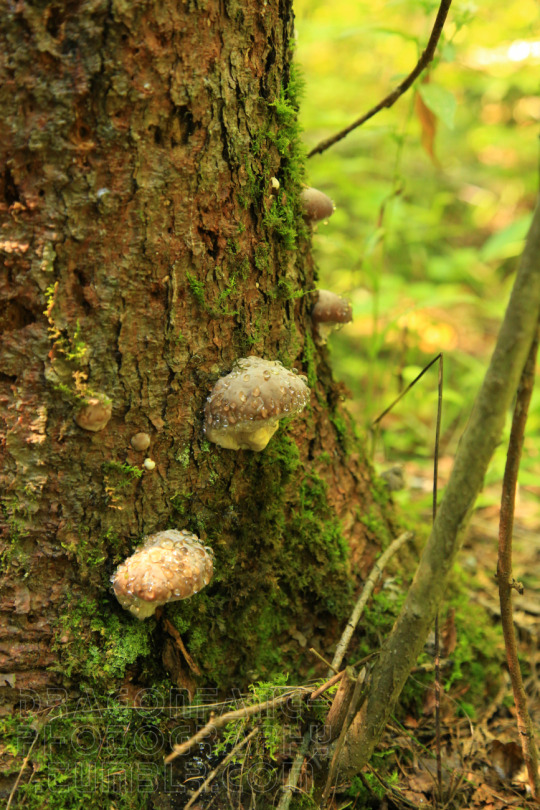



Bracket fungus (probably Fomitopsis pinicola, the red-banded polypore, but before it developed any banding — it's some kind of polypore, anyway), with guttation droplets.
#Bruce Trail#Bognor Marsh#Niagara Escarpment#Bruce Peninsula#Bruce County#Ontario#Canada#hiking#hiking trail#nature#forest#trees#wilderness#outdoors#landscape#wetland#marsh#mushroom#mycology#fungus#polypore#Fomitopsis pinicola#maybe#guttation#learned a new word today#photography#digital photography#DSLR#Canon 6D#photographers on Tumblr
2 notes
·
View notes
Text
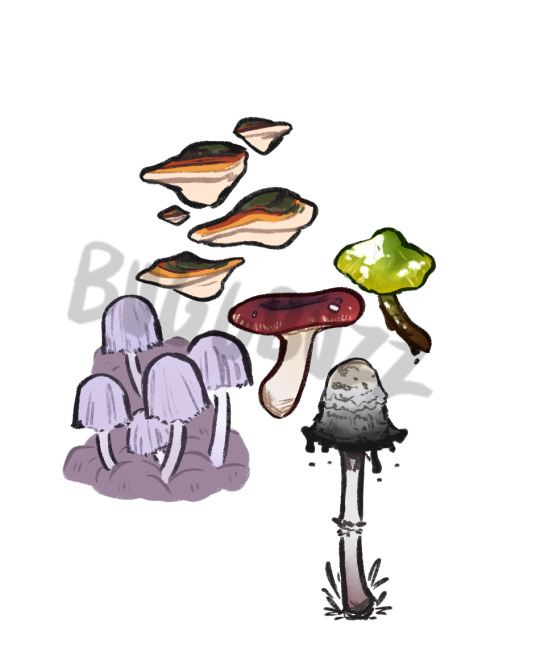
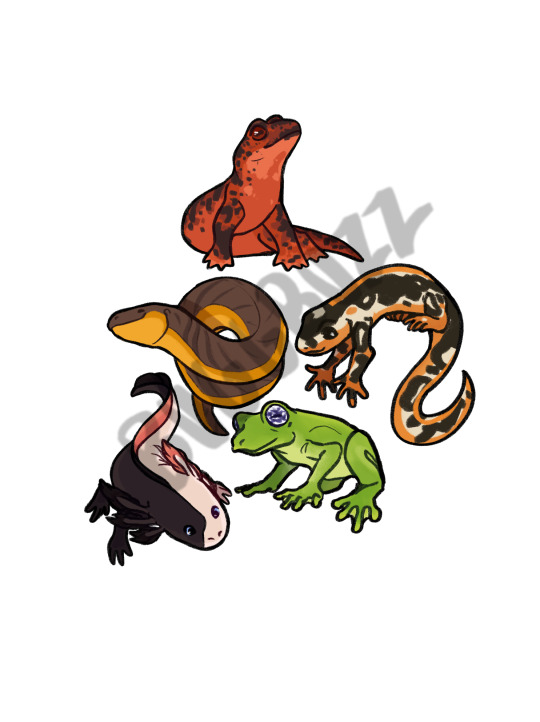
some mushroom and amphibian stickers available on my redbubble!!
#buzzart#redbubble#mushrooms#amphibians#mushroom#mushroom art#animals#animal art#red banded polypore#ink cap mushroom#parrot mushroom#fairy mushroom#shrimp russula#russula#newt#salamander#frog#frog art#axolotl#axolotl art#cottegecore
120 notes
·
View notes
Photo




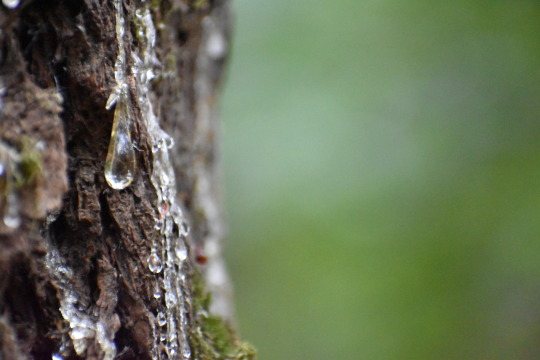


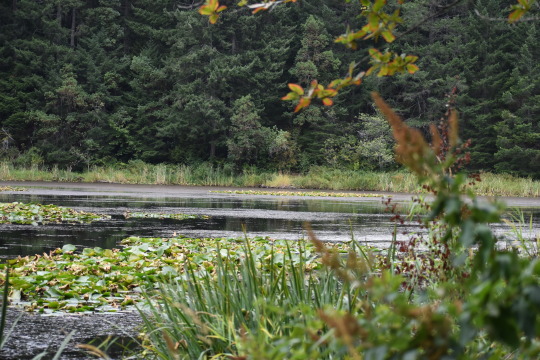


Lovely walk in the woods. I only mostly got lost.
#Photography#Nature#Forest#Aesthetic#Fungus#Trees#Mushrooms#Sap#Nanaimo#Chicory#Coastal Hedge-Nettle#Red-banded Polypores#Northern Red Belt#Nick's Pics#DSLR#Nikon D5500#AF-P DX NIKKOR 70-300mm f/4.5-6.3G ED VR#08-30-21#Scheduled
8 notes
·
View notes
Photo
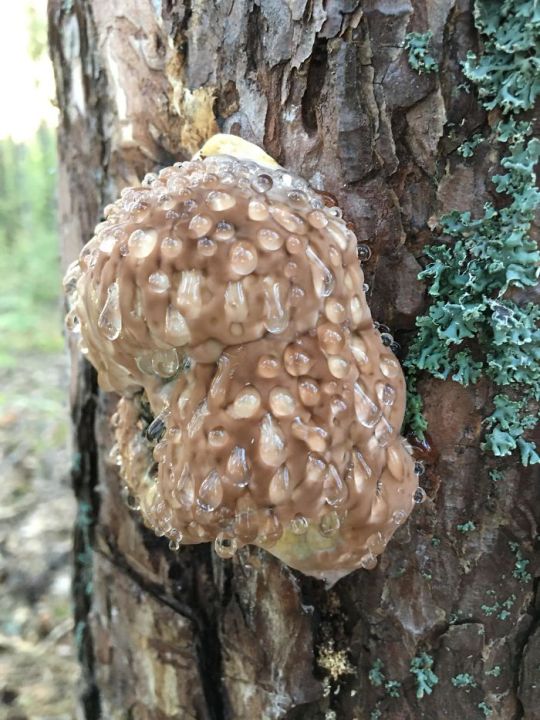
Guttation from a red-belted polypore (Fomitopsis pinicola) in a Swedish forest.
#fungi#fungus#polypore#polypores#red-belted conk#red-belted conks#red-banded polypore#red-banded polypores#red-belted polypore#red-belted polypores#fomitopsis#fomitopsis pinicola#guttation#oozing#seeping#weeping#sweden#nature
34 notes
·
View notes
Photo
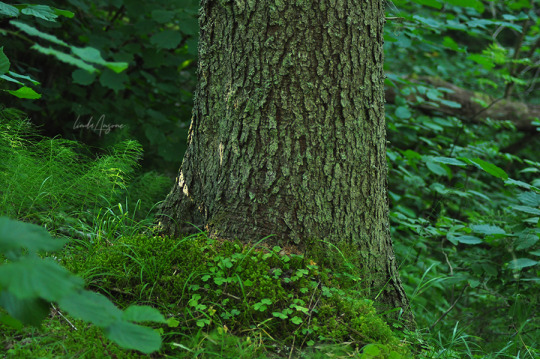
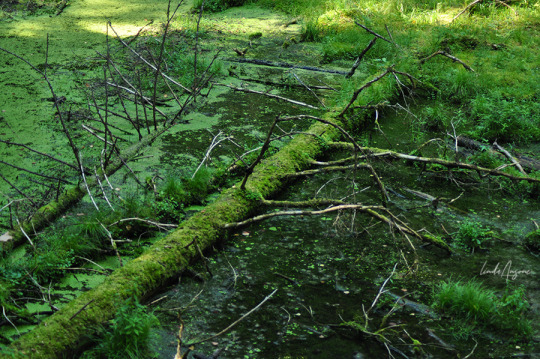


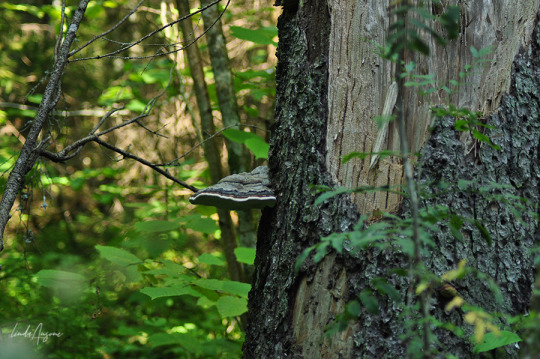
#woods#forest#forestcore#moss#mushrooms#fungi#polypore#red banded polypore#Fomitopsis pinicola#forest floor#nature#nature photography#forest photography#latvia#original photographers#photographers on tumblr#1k
1K notes
·
View notes
Text

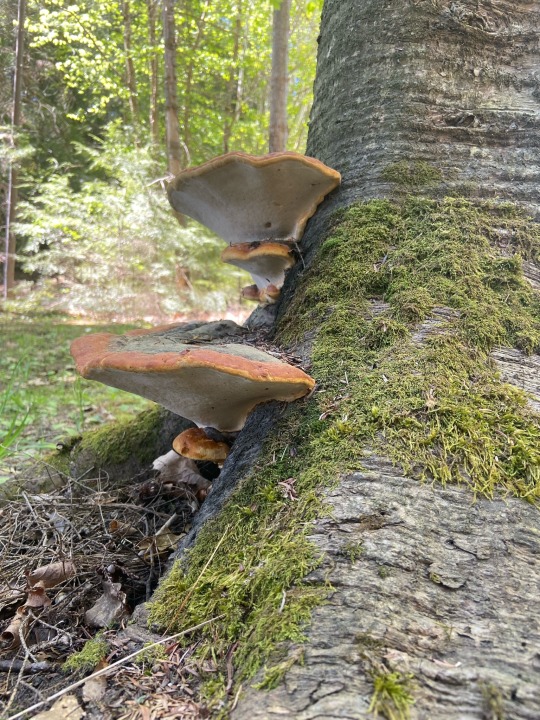
red-banded polypore
Fomitopsis Pinicola
#mushrooms#fungus#outside#outdoors#cottagecore#adventurecore#goblincore#summer#hiking#foraging#mycology#biology
12 notes
·
View notes
Photo

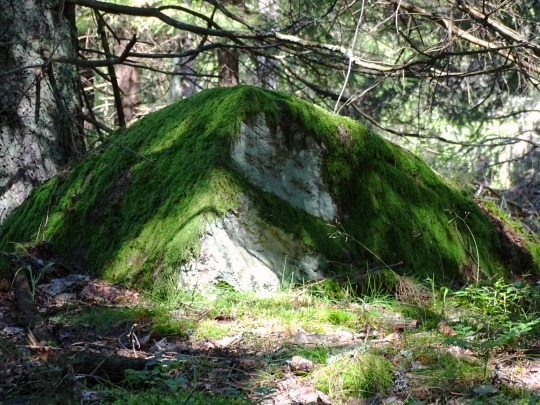








Tyresta National Park, Sweden (No. 8)
Plant life in Tyresta’s evergreen forest has characteristically limited species diversity. But the variety of mosses, lichens and fungi is great.
Of the 800-plus species of mosses and lichens that cover the ground and trees, perhaps the most prominent are the beard lichen and other lichens that hang from the tree branches. They benefit from the clear air and the slow growth of the trees.
On the ground can be seen beautiful shades of green, shifting between reindeer lichen, knight's plume moss and haircap moss.
On the wetlands grow several species of sphagnum moss in various shades of green, brown and red. Thanks to the area’s many wetlands, including bogs and marshes, sweet-smelling plants such as bog myrtle and marsh Labrador tea grow here, and during the summer months their sweet scents spread through the forest. Also blooming then are the forest’s orchids, including the heath spotted orchid. Species that thrive in ancient forests grow here as well, including creeping lady's-tresses, lesser twayblade and northern ground cedar.
In addition to edible mushrooms such as the chanterelle, penny bun and other Boletales fungi, the long unbroken history of dead wood has made it possible for polypore fungi such as Phlebia centrifuga, Fomitopsis rosea and Phellinus ferrugineofuscus to thrive on tree stumps and fallen rotting logs. On pine trees over 150 years old, the fungus Phellinus pini is often seen extending its brown-coloured slab, and the older spruces are often covered with red-banded bracket fungus, appearing like beautiful orange-brown hooves on the trunk.
Source
#Tyresta National Park#Barnvagnsslingan loop#Sörmlandsleden trail#Sverige#nature#forest#woods#tree#flora#hiking#original photography#vacation#travel#Stockholm County#Tyresö#tourist attraction#landmark#Sweden#free admission#pine#fir#birch#landscape#countryside#Scandinavia#Northern Europe#summer 2020#rock#moss
1 note
·
View note
